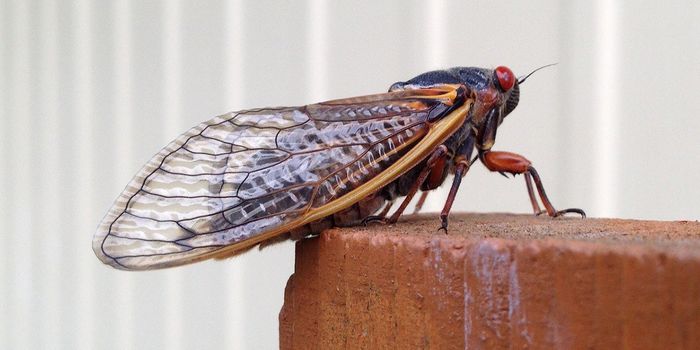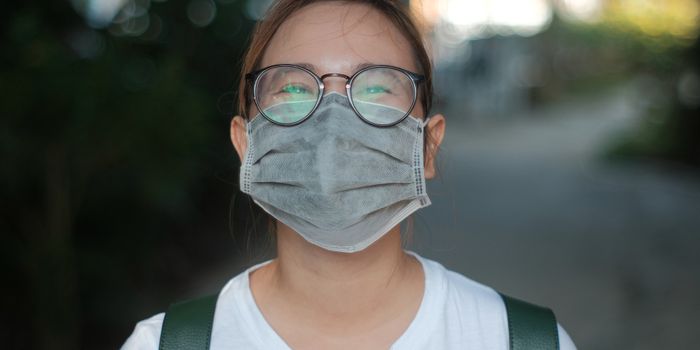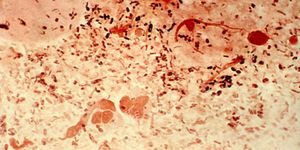You're smelling quite nice today. Or are you? Pheromones refer to the chemical hormone odors that many animals emit which help them communicate with other individuals in their species. Pheromones play a role in mating and reproduction, and for that reason have a sexy connotation - leading many pharmaceutical companies to advertise products as pheromone-provocative. But while there is still no scientific evidence verifying that humans have pheromones and no human pheromone has been identified, that's not to say that they don't exist.
German chemist Adolf Butenandt, who won a Nobel Prize , was the first to identify a pheromone, called bombykol, which is released by female silk worms to attract mates. In animals and plants pheromones are a composition of molecules that travel through air or water, or are sometimes even deposited directly onto the recipient themselves. The goal of the pheromone is to cause some behavioral or psychological reaction, relaying signals such as "I'm ready to mate," or "Help, there's danger," or "I'm really sick." Pheromones have been categorized into several classes: releaser pheromones, which promote fast-acting and short-term behavioral changes like repelling or attracting individuals; and primer pheromones, which are slower-acting and cause long-lasting behavioral changes in development. Other pheromones are known as kairomones because they are able to draw the unwanted attention of an unintended species, This is sometimes the case with army ants who leave a pheromone trail for wandering ants to find their way back to the colony; the only bad thing with this is that the brown-snouted blind snake also is attracted by that pheromone, which leads it straight to a good ant dinner. To learn more about the tricks behind pheromones, watch the video!








